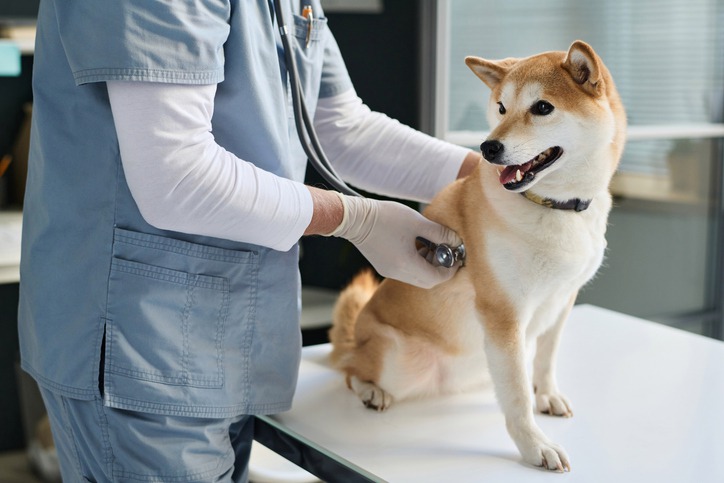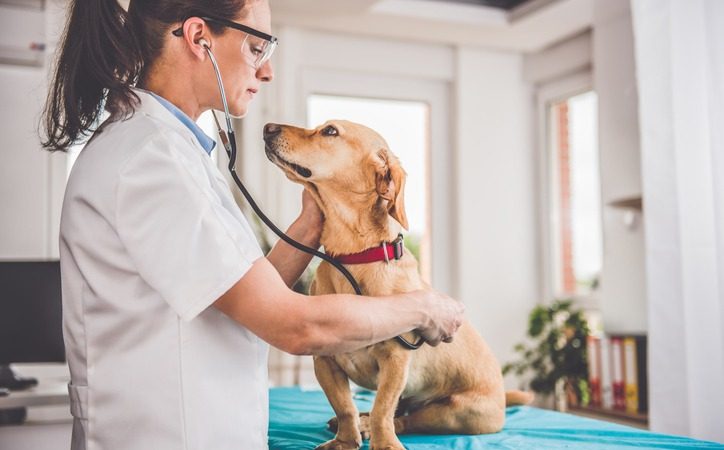When it comes to emergencies, it’s not just us humans who are at risk. Our pets also face dangers and should be included in every part of our emergency preparedness plans. Going through a crisis is stressful enough without having to worry about our furry friends, so having a plan can make a big difference. Here’s a detailed look at how to keep your pet safe in a crisis.
How Do We Keep Our Pets Safe in a Crisis?
The key to keeping your pet safe in an emergency is to prepare ahead of time. This preparation includes ensuring you have a plan and emergency supplies and knowing what to do in various situations. Let’s break down what you need to do.
Create an Emergency Plan
Your emergency plan should include specific details about how to care for your pets during various types of emergencies, like natural disasters or sudden evacuations. Here are the steps to create a reliable plan:
-
Identify all possible emergencies that could occur in your area (e.g., fires, floods, hurricanes).
-
Know the evacuation routes and pet-friendly shelters in your community.
-
Assign responsibilities to family members for each pet in your household.
-
Communicate your plan with neighbors or close friends. They can help care for your pets if you cannot get home during an emergency.
Assemble an Emergency Kit for Your Pet
Like humans, pets need their own emergency supplies. Having a well-stocked emergency kit can make all the difference. Your pet’s emergency kit should include:
-
Food and water for at least five days
-
Medications and medical records
-
First aid supplies specific to pets
-
Collars, leashes, and carriers
-
Comfort items like blankets and toys
-
Current photos of your pets in case you get separated
Be Ready for Medical Emergencies
It’s crucial to have specific plans for medical emergencies. This includes knowing the nearest veterinary services and having an emergency contact. In unexpected events where your pet might need surgery, ensure you’re aware of the closest facilities. For example, visit this cat surgery page for more details on what your pet might need.
Understand Your Pet’s Behavior
Pets may act differently under stress during emergencies. Here are a few tips on managing your pet’s behavior during a crisis:
-
Keep them close to you to provide reassurance.
-
Speak to them in calming tones.
-
Have familiar items like a toy or blanket handy to comfort them.
-
Try to keep their routine as normal as possible.
Know Which Diseases and Conditions Affect Your Pet
In a crisis, access to your regular vet might not be possible. If your pet already has a chronic condition, like diabetes or heart disease, ensure you have their medication and treatment plans ready. For those who need animal internal medicine, always have the necessary contact details handy. Visit any comprehensive animal internal medicine facilities for more information and support.
Shelter in Place vs. Evacuation
Deciding whether to stay at home or evacuate can be challenging during a crisis. Always follow official guidelines, but consider the following for your pets:
-
If you stay home, ensure your shelter area is pet-friendly, with enough supplies and a safe place for them to stay.
-
If you evacuate, bring your pet with you. Never leave them behind. Make sure your destination welcomes pets.
-
Prepare an extra “go-bag” with food, water, medications, and comfort items for your pet in case you need to leave quickly.
Utilize Local Resources
Local resources can be a lifeline during emergencies. Many communities have disaster response teams that include services for pets. Look for shelters that accept animals or temporary foster care options offered by local organizations.
Practice Safety Drills
Conduct regular safety drills to ensure everyone in your household knows what to do, including your pets. Practice evacuating and taking supplies. The more familiar your pet is with the routine, the less stressful it will be during an actual emergency.
Keep Identification Up to Date
If your pets get separated from you, having proper identification can reunite you quickly. Ensure your pet’s ID tags are current with your contact information. Microchipping is also a highly recommended step. Always update the chip’s information if you move or change phone numbers.
Check Insurance Policies
Some pet insurance plans cover emergency care and treatments. It’s worth reviewing your policy to understand what’s included. This can provide much-needed peace of mind in a crisis, ensuring financial aspects don’t add to the stress.
Plan for Extended Crises
Sometimes, emergencies last longer than anticipated. Planning for extended situations ensures you have all the necessary supplies and emotional support for your pet. Periodically rotate and update supplies to avoid expiration. Think about how to manage your pet’s needs if you’re without electricity or running water for an extended period.
Emergency Contacts and Network
Build a network of friends or family who can help in an emergency. It’s essential to have several contacts you can rely on. Share your emergency plan with them so they know what to do if they need to step in. This is especially beneficial if you cannot get home during a crisis.
Train Your Pet
Training can make a significant difference during emergencies. Basic commands like “sit,” “stay,” and “come” can keep your pet safe. Additionally, crate training can be beneficial for quick evacuations, ensuring your pet remains calm and secure in confined spaces.
Stay Informed About Potential Threats
Stay informed about potential threats in your area. Sign up for local alerts and monitor weather and news updates regularly. Awareness of impending hazards gives you a head start to put your emergency plan into action. In times of crisis, having a well-rounded emergency plan can make all the difference for both you and your pets.
By preparing in advance, you alleviate much of the stress and ensure that everyone — human or furry — remains safe and cared for. In addition, it’s also a good idea to know the location of a reliable veterinary lab in Nashua, NH, so you can quickly get any necessary medical care for your pets in an emergency.
Wrapping Up
Preparing for emergencies is about anticipating the unexpected and taking proactive measures to safeguard our pets. These steps, from creating a solid plan and preparing a kit to ensuring timely medical care and having the right contacts, will help keep your pet safe during a crisis. The peace of mind that comes with preparedness allows us to focus on what’s most important: the safety and well-being of our beloved pets.






